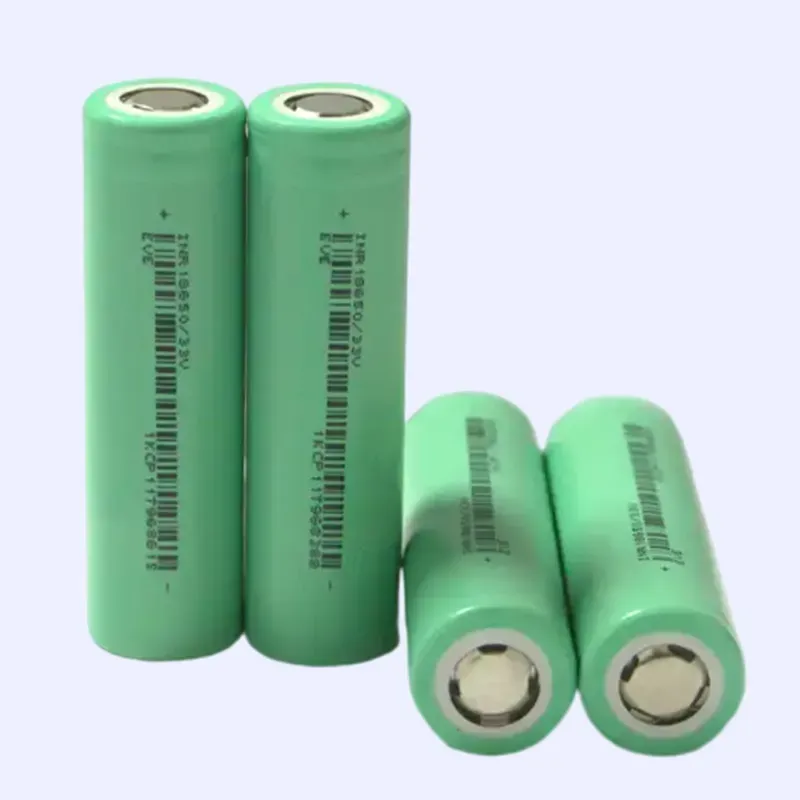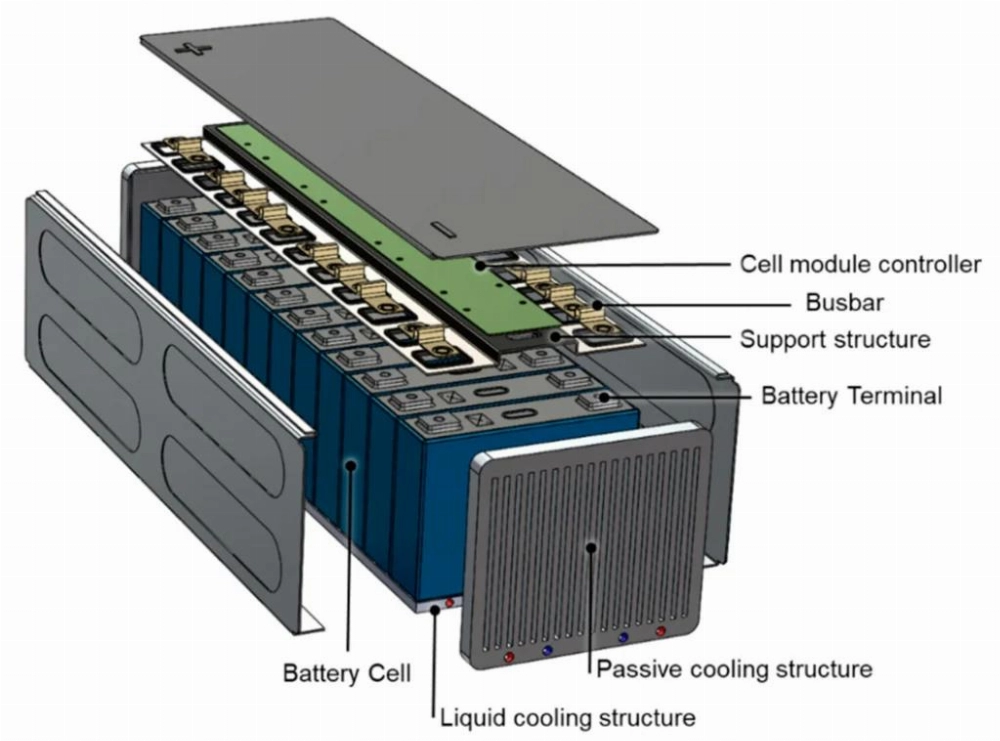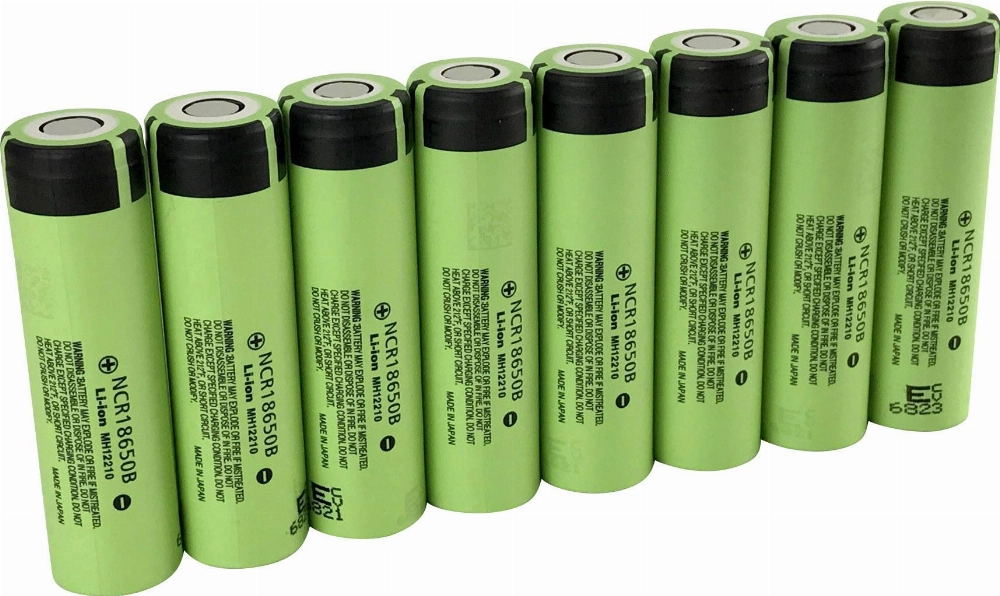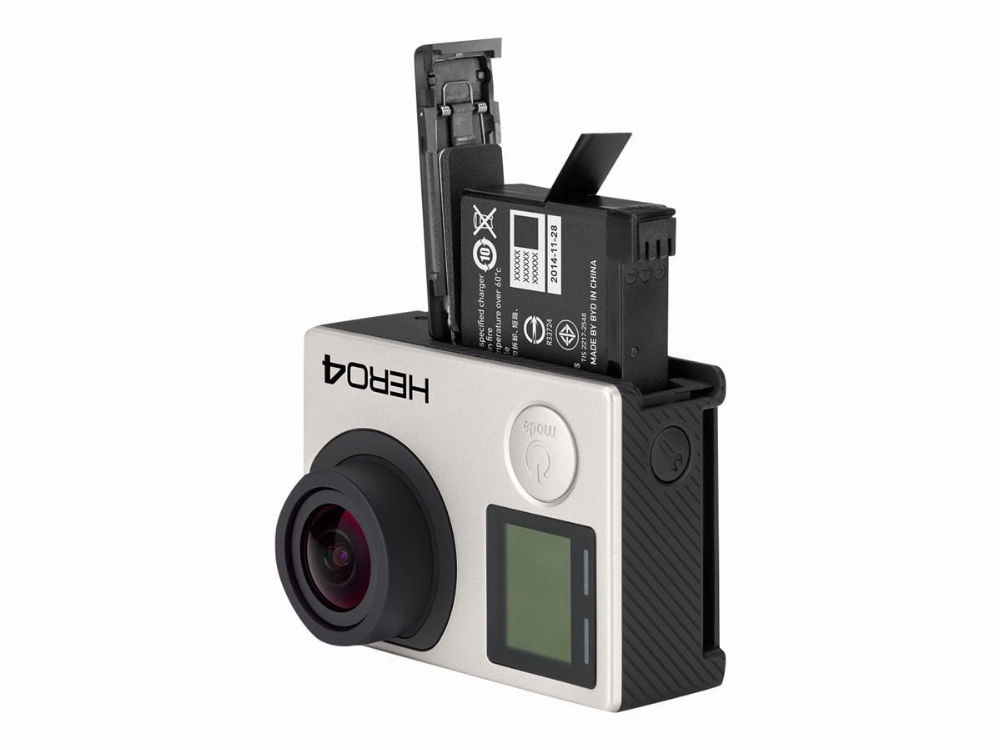This article explores key aspects of 18650 lithium-ion batteries, providing valuable insights into their weight, battery life, and performance. Additionally, we offer guidance on where to buy 18650 batteries and common price ranges.
Part 1: How Does the Weight of a 18650 Battery Affect Device Performance?

Why Does the Weight of a 18650 Battery Matter?
The weight of a 18650 battery can significantly impact the performance and efficiency of devices, especially in applications where weight and balance are crucial.
1. Device Mobility and Handling
For portable electronic devices such as flashlights, power tools, or drones, a lighter battery enhances user convenience by making the device easier to handle. Conversely, a heavier battery can become cumbersome during extended use, reducing maneuverability, particularly in devices where balance is critical, such as handheld stabilizers or drones.
2. Energy Density vs. Power
Generally, a heavier 18650 battery may indicate a larger energy capacity, meaning it contains more active material. Higher capacity batteries are typically heavier, allowing devices to run longer on a single charge. However, this extra weight can reduce the efficiency of devices that require mobility, as more energy may be needed to move them, impacting their overall performance.
3. Impact on Battery Life and Heat Dissipation
Heavier 18650 batteries, with their higher energy density, may face challenges in dissipating heat. The denser construction of a heavier battery can retain more heat during high-discharge applications, which can affect the thermal management of the device. This is particularly important in applications like electric bikes, where managing battery temperature is crucial for optimal performance and preventing overheating.
4. Device Performance and Stability
In high-power applications, such as power tools or remote-controlled vehicles, a heavier 18650 battery can affect stability by raising the center of gravity. This can impact balance, especially in devices that move quickly or require precise control, potentially requiring design adjustments or counterweights to maintain optimal performance.
5. Trade-offs Between Battery Life and Efficiency
For devices prioritizing efficiency, such as laptops or smartphones, a heavier battery can offer more energy reserves but at the cost of increased bulk and reduced portability. Manufacturers often balance battery weight with other design considerations, such as compactness and ease of use, to ensure the device remains user-friendly.
Part 2: What Factors Affect the Weight of a 18650 Battery?
Several factors can influence the weight of a 18650 battery:
Capacity
Higher capacity batteries tend to be heavier due to the increased amount of active material they contain.
Chemical Composition
Different lithium-ion chemistries have varying energy densities, which can affect the overall weight of an 18650 battery.
Construction and Design
The specific design and construction of the battery, including the thickness of electrode foils, separator materials, and casing materials, can also impact weight.
Added Features
Some 18650 batteries include additional features, such as built-in protection circuits, thermal management systems, or safety mechanisms, which can add to the weight.
Size and Dimensions
While 18650 batteries generally adhere to a standardized size, slight variations in height or diameter can lead to minor weight differences between different battery models.
Manufacturer
Different manufacturers may use different materials or manufacturing processes, leading to weight variations in batteries with similar specifications.
State of Charge
The weight of a 18650 battery can vary slightly depending on its state of charge. As the battery charges or discharges, its weight may change marginally due to the chemical processes involved.
For more detailed information on battery performance and lifespan, you can explore information on lithium battery lifespan and how it affects your battery choices.
Part 3. What is the weight of an 18650 battery?
The weight of a single 18650 battery can vary, but it typically ranges from around 45 to 50 grams (1.59 to 1.76 ounces). However, the weight may slightly differ based on the manufacturer and the specific model of the 18650 battery.
Part 4. What factors affect the quality of 18650 lithium-ion batteries?
When choosing 18650 lithium-ion batteries, several important factors affect their quality and performance. These parameters ensure optimal operation, extended lifespan, and safety of the 18650 battery.
- Capacity: Batteries with higher capacity can store more energy, resulting in longer usage time for devices and applications.
- Discharge Rate: A battery’s “C” rating refers to its ability to deliver high current. A higher C rating indicates a greater ability of the battery to power devices requiring high current.
- Voltage: A higher voltage rating indicates that the 18650 battery can provide more power, making it suitable for demanding tasks.
- Cycle Life: High-quality 18650 cells typically have a longer cycle life, meaning they can withstand more charge and discharge cycles before their performance degrades.
- Internal Resistance: Batteries with lower internal resistance can provide better power efficiency, reducing voltage drop under load and improving overall efficiency.
- Safety Features: High-quality 18650 cells often have built-in safety mechanisms, such as thermal management, overcharge and over-discharge protection, and short-circuit protection features.
- Brand and Manufacturing Quality: The reputation and expertise of the manufacturer significantly affect the overall quality and reliability of 18650 lithium-ion batteries.
Part 5. How to Assemble an 18650 Lithium-Ion Battery Pack
Step 1. Determine the Required Capacity and Voltage:
First, determine the required capacity and voltage of the 18650 battery pack based on your specific application needs. This will determine how many 18650 cells you need and how to arrange them in the battery pack.
Step 2. Select High-Quality 18650 Cells:
Choose high-quality, uniform 18650 cells from a reliable manufacturer. Ensure the cells are matched in specifications such as capacity, voltage, and internal resistance to maintain consistent performance and safety.
Step 3. Plan the Battery Pack Layout:
Design the layout and configuration of the 18650 lithium-ion battery pack. Consider factors such as space, form factor, and electrical connections. Decide whether to use a series, parallel, or combined configuration based on the required voltage and capacity.
Step 4. Gather Necessary Components:
Gather all the components needed for assembly, such as 18650 cells, battery holders, nickel strips, insulation materials, and a Battery Management System (BMS) for safety and monitoring (if needed).
Step 5. Prepare the 18650 Cells:
Inspect all cells for defects or damage. Ensure that all cells are charged to the same voltage level before proceeding. Carefully cover the cell terminals with insulation tape or caps to prevent short circuits.
Step 6. Connect the Cells:
Connect the 18650 cells in the selected configuration (series, parallel, or combined). Use nickel strips or spot welding to secure the cells together, ensuring reliable and secure connections.
Step 7. Insulate Connections:
Insulate the connections using insulation materials such as electrical tape or heat shrink tubing to prevent accidental short circuits. Ensure all connections are properly shielded.
Step 8. Install the BMS:
If you are using a Battery Management System (BMS) for monitoring and protection, install it at this stage to protect the battery pack from overcharging, over-discharging, and other hazards.
Step 9. Test the Battery Pack:
Before finalizing the assembly, test the 18650 battery pack. Measure its voltage, capacity, and functionality to ensure that everything is working correctly.
KHZH ensures that the 18650 lithium-ion battery cells used in your application are of the highest quality, providing you with a reliable, safe, and long-lasting power solution.
Part 10: Verifying 18650 Battery Pack Performance
After assembling your 18650 lithium-ion battery pack, it’s essential to verify that it’s operating as expected. Use a battery tester or multimeter to ensure the battery pack is outputting the correct voltage and capacity. This step is crucial to confirm that the battery pack is fully functional before use.
Step 10: Safely Enclosing the Battery Pack
After successfully testing and verifying your 18650 battery pack, you can safely enclose it in a suitable box or casing. This step ensures that the battery pack remains safe and functional throughout its lifespan.
Part 6: 18650 Battery Life
The battery life of an 18650 lithium-ion battery refers to the number of charge and discharge cycles it can undergo before its capacity significantly degrades. The point at which capacity degrades significantly is the end of the battery’s life. The lifespan of these batteries varies depending on their specific chemistry and quality. Generally, a high-quality 18650 battery can last for 300 to 500 cycles or more.
Factors Affecting 18650 Battery Life
- Depth of Discharge (DoD)
- Charge and Discharge Rates
- Operating Temperature
- Storage Conditions
- Quality and Brand
- Usage Patterns and Maintenance
It’s important to keep in mind that these are general guidelines. The actual battery life will depend on the model, usage, and environmental factors.
Part 7: Purchasing 18650 Batteries
Where to Buy 18650 Batteries
You can find 18650 batteries through various online and offline channels. Here are some common places to purchase them:
- Online Retailers
Websites such as Amazon, eBay, and Alibaba offer a wide selection of 18650 batteries from various brands and manufacturers. Prices may vary depending on the brand, battery capacity, quantity purchased, and shipping costs. - Electronics Stores
Electronics retailers like Best Buy or specialized battery stores may sell 18650 batteries. Expect prices to be higher compared to online retailers due to the operating costs of physical stores. - Battery Specialty Shops
These stores specialize in selling batteries and related accessories. Prices may vary depending on the store’s policies and brand selection. - Local Hardware Stores
Some local hardware stores or home improvement stores may offer 18650 batteries, especially for DIY projects or hobbyists. However, prices may be higher at these stores due to limited inventory and higher overhead costs. - Manufacturer Websites
Some battery manufacturers sell directly to consumers through their official websites. Pricing may vary depending on the brand and any ongoing promotions. - Wholesale Suppliers
Wholesale suppliers like Ufine Battery may offer discounted prices for large quantity purchases. The price per unit may be lower for large orders, but minimum order quantities may apply.
18650 Lithium Battery Pricing
The price of 18650 lithium-ion batteries can vary depending on several factors, including:
- Brand: Established brands often cost more due to their reputation, quality assurance, and customer support.
- Capacity: Batteries with higher capacities are generally more expensive due to increased energy storage.
- Quality: High-quality batteries are typically more expensive, reflecting superior materials and manufacturing processes.
- Quantity: Buying in bulk may result in lower prices per unit.
- Additional Features: Batteries with built-in protection circuits or other advanced features may be priced higher than basic models.
Here are some common price ranges:
- Low to Mid Capacity (2000-3000mAh): $3 to $10 per cell.
- Mid to High Capacity (3000-3500mAh): $8 to $15 per cell.
- High Capacity Batteries: Prices may be higher depending on the specific features and performance of the battery.
Specialty 18650 Batteries (3500mAh and above, with specific features like high discharge rate or built-in protection, etc.): $15 USD and up per cell
Related tags:
- Ufine
- Electronic Engineering Writer
More Articles
Decoding Lithium Battery Costs: What Factors Influence Price?
Lithium battery prices affect various industries, and understanding these cost factors is crucial. This detailed analysis explores the drivers behind battery pricing, recent trends, and the future outlook of lithium battery costs. Learn more about lithium battery charging tips.
Liquid Metal Battery vs Lithium Battery: A Detailed Comparison
This comprehensive comparison examines the key differences between liquid metal and lithium batteries. Understand their characteristics, advantages, disadvantages, applications, cost implications, and the potential future of each technology.
Understanding LiPo Batteries: Capacity, Lifespan, and More
This in-depth guide explores LiPo batteries. Learn about their capacity, energy density, cycle life, and other important aspects. Find out how to optimize their performance and avoid common mistakes that can impact lifespan.
What is a U1 Battery?
Explore the specifications of U1 batteries, including their dimensions, types, and key differences. Learn whether an AGM or lithium U1 battery is the best choice and how to maintain it for optimal performance.
SLI Battery Explained: Types, Uses, and How They Work
Learn all about SLI (Starting, Lighting, and Ignition) batteries. This guide covers the different types of SLI batteries, how they work, the differences between AGM, EFB, and deep cycle batteries, and essential maintenance tips to ensure lasting performance.









